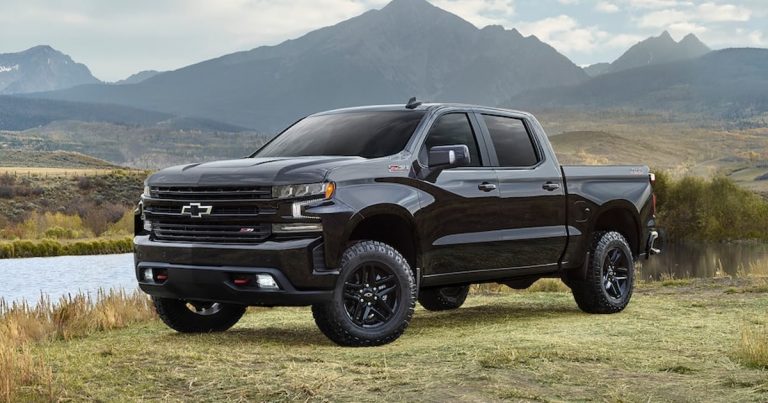Car Buying Tips – Arranging Finance
Anyone thinking of buying a new or a used car, or even leasing one, would do well to start off by gaining a deep understanding of the financial and legal structure which the car dealership industry has prepared for them. This is far better advised than trying to build up credit by consuming loan after loan, purchase after purchase, and never having clear credit terms.
By understanding what financing arrangements are available to you, you get to the stage where you can make an “enselection”. This is the term for crunching numbers and figuring out which car is right for you. Your selection will be influenced by factors such as your credit rating, the age of your bank deposit, your previous loan history, the length of your existing loan, your profession, and on top of that, your personal circumstances. On the other side, you have the dealership’s perspective which is completely different. They are there to sell a car.
The steps of finding a car finance or leasing agreement are part of what you should be doing. Going first to look at the dealer’s facilities and then applying to look at the car and figures; this is the method I usually followed. Applying to look at the car only is a good move, since you are doing so from the dealer’s invoice price. This removes any negotiating power you may have once you found the car you like.
After you have looked at the car and applied to find the financing and leasing terms, you should now have an idea of what a reasonable monthly payment level would be. These levels are probably different depending on your loan class, but they are generally within the range of what you can afford. If there is a range that you can’t safely afford, let the salesperson know that you would like to, but it might be OK if you put a little money down. This preventscross vocational financeand leaves you owning the car as long as the payments are meeting the tier payment levels.
For a car loan of $7000 with a 36 month repayment term, a $2500 down payment / two years is $Average of 30% of the total amount of loan. After the $7000 down, the monthly payment $number of months before you own the car equals the total amount of loan. $30% of $7000 is $1200 a month, and 12 360 days / 12 weeks is about $average of 48%. The first digit of the month refers to the day of the month, the second to the week of the week. $7000 is therefore the total amount of the loan, and $8500 is the bottom of the range
The next steps would be to figure out how much you can afford for a down payment (if you want), how much you can afford for your monthly payment, how much you want for your down payment / trade value (if you want that), whether you want a higher coverage or a lower coverage. Let me give you an example:
I live in Boston Proper. I will buy a car for $10,000. I will put down $5000 as down payment and I will also pay $1792 a month (60% of total amount of loan). I will also pay $500 a month for my insurance. After those payments are $1500, I will own the car for over 5 years. Here is my calculation:
Gap protection must be included in your finance agreement. For example: if you want a loan of $10,000 with a 36 month repayment term, but you want to finance $18,000, you can’t get a loan without gap protection; if you want a $10,000 loan with a 36 month payment term, but want to finance less than $3,000, you can’t get a loan without gap protection; etc. The total price of the car, plus interest is $20,000 for 36 months. Applying to buy a car is $21,000 for 5 years.
The difference is $4,000 and that is a much better figure than Thousands. The reason is that you are only really “upside” on your loan if you can pay off the whole loan payment every single month. If your loan is only $3,000, you only really “upgrade” your car by $1,000.
For a $10,000 loan with interests at 6%, a manageable gap protection would be $3400 over 5 years. That means I would need $1000 down or until my old car was paid off. My good friend Bob, who is also 60 years old, bought his BMW two years ago and is paying off it until its book value. He got a standard loan for $3,000 with a $2000 down payment. His Gap Protection package covers his Gap Insurance until he resells his car, and his Extended Warranty covers his Drive Train and Unchanges.




0 Comments